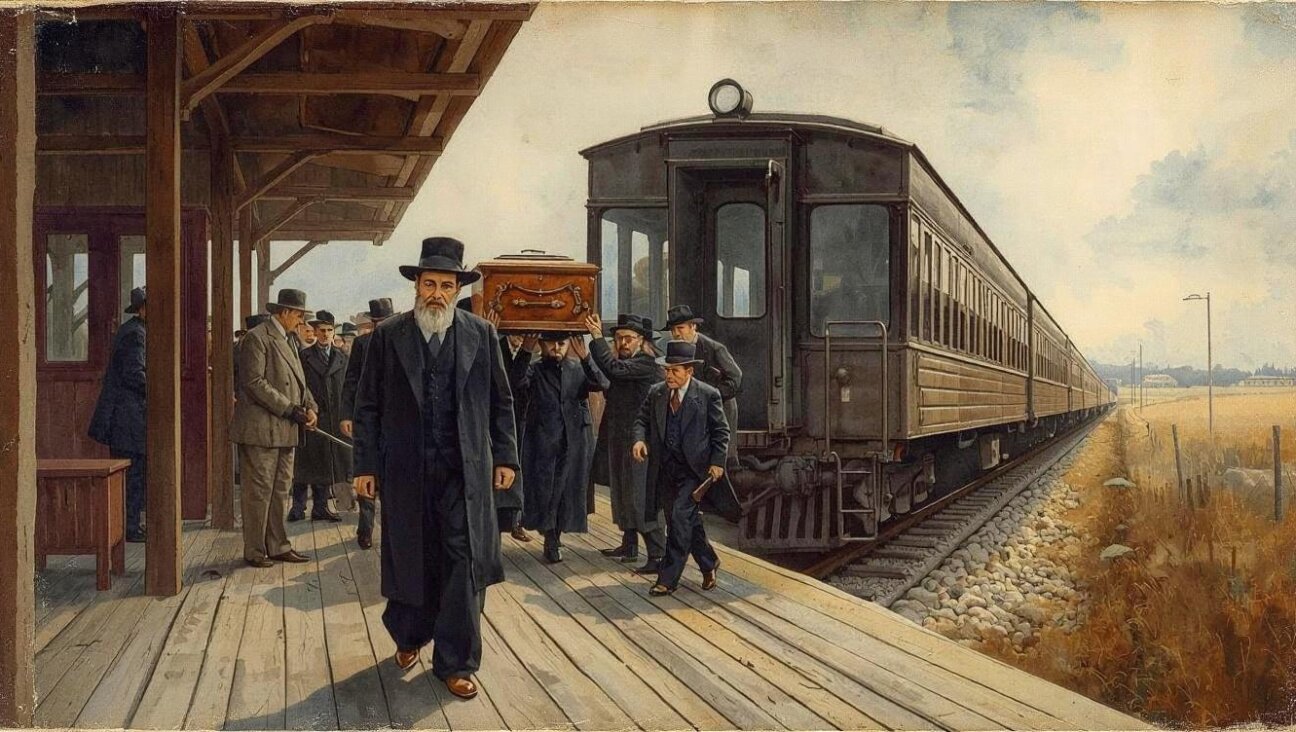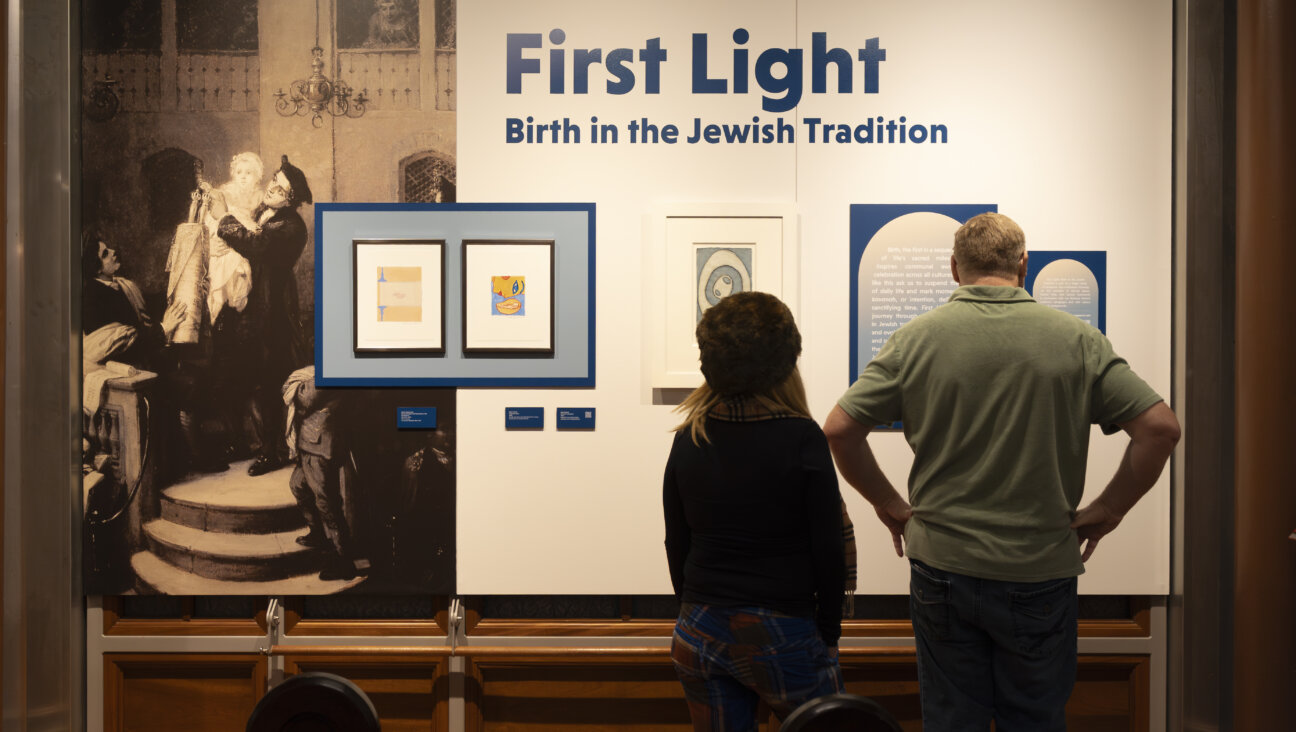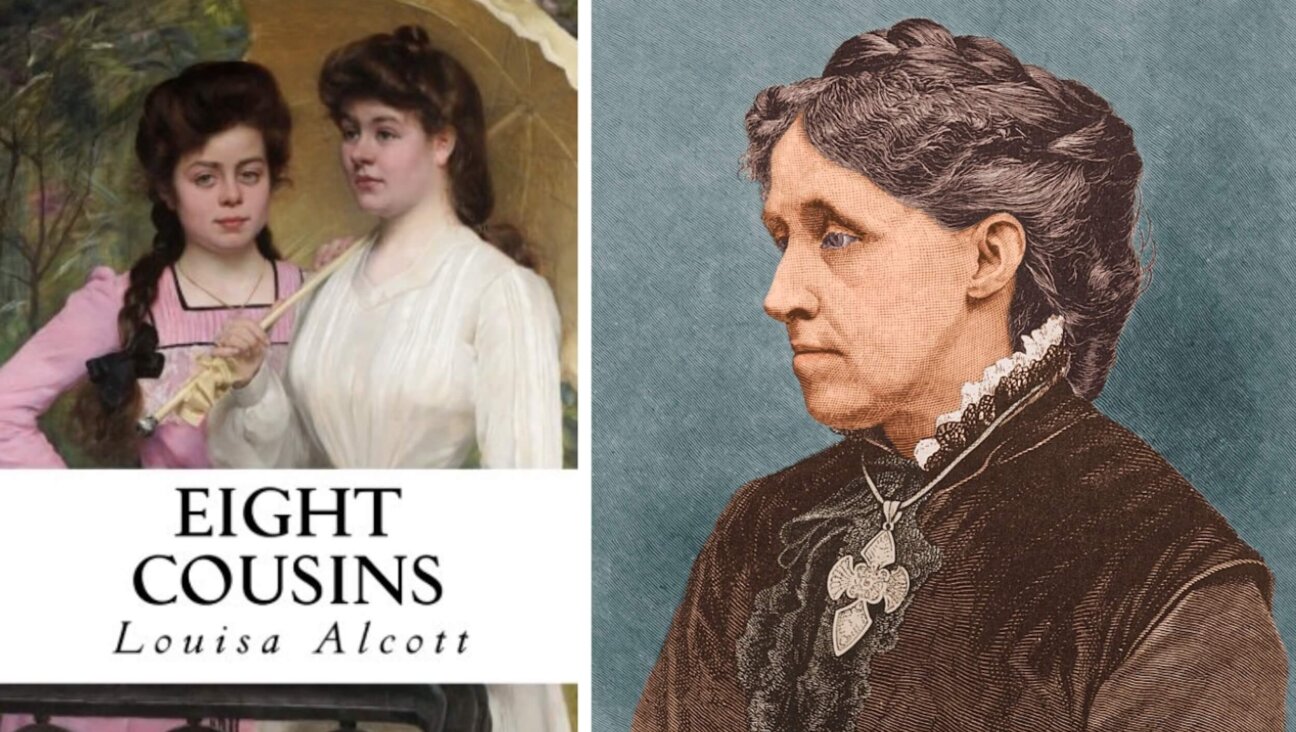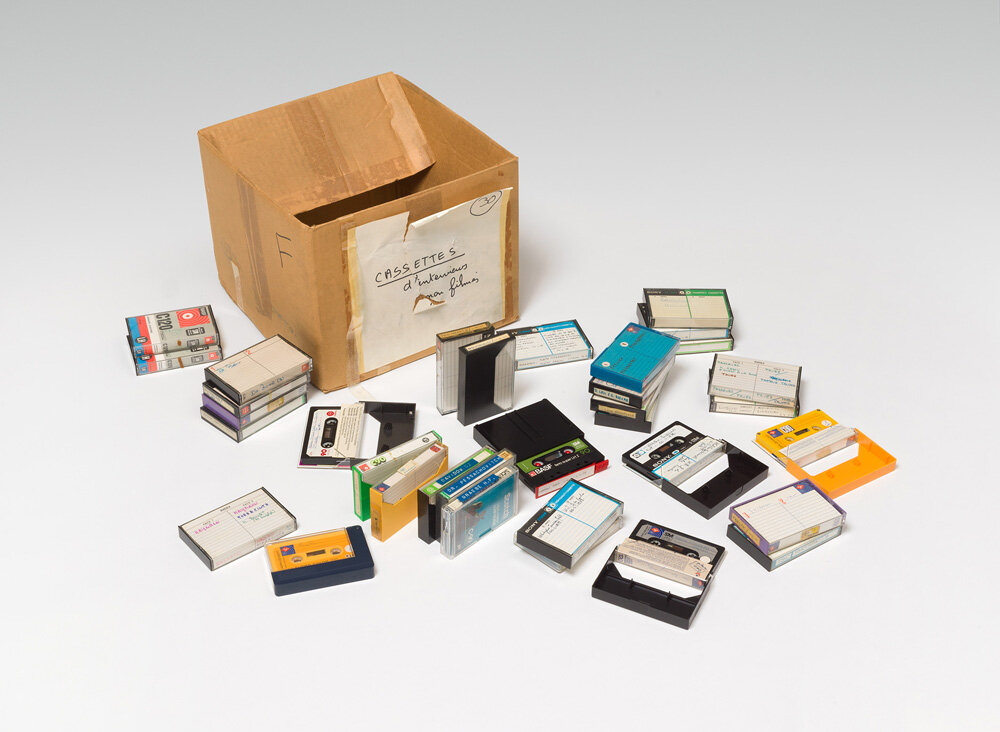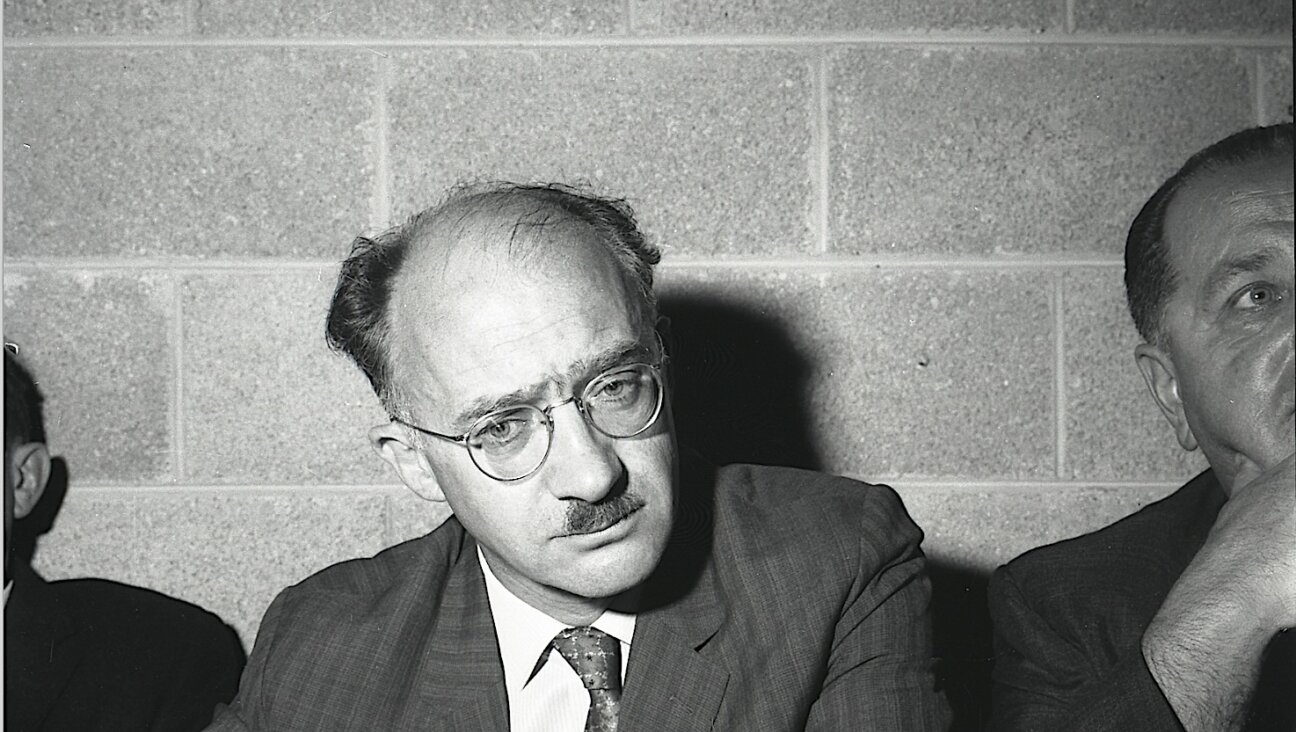The world’s oldest known medieval Judaica relic is now its most valuable, too
The 12th-century Kiddush cup, which sheds light on the little-known Jewish community of eastern Khorasan, went for $4 million

Handle with care: the record-setting kiddush cup. Courtesy of Sotheby’s
In 2023, Boston’s Museum of Fine Arts opened a permanent Judaica gallery, the country’s third at a general — read: non-Jewish — institution. A year later, Houston’s MFA followed suit. And, just last week, the Toledo Museum of Art, in Ohio, continued this Judaica revival of sorts by acquiring a 12th-century Afghan kiddush cup for a cool $4 million, a record for a ceremonial object of Judaica. (The previous high was $1.6 million, for a Rothschild Torah Ark.)
Sharon Liberman Mintz, International Senior Specialist in Judaica at Sotheby’s, New York, presided over the sale. “This object ticked all the boxes,” she told me over Zoom. “It’s close to 1,000 years old, and except for a little bit on the lip, which has been repaired, it’s in astonishingly good condition.” The finely crafted silver cup is the oldest of the 25 medieval Judaica relics left in the world. Mintz sometimes asks people how many such artifacts they think have survived; their guesses are invariably too high, and she would know. “I counted them,” she said, chuckling a little.
The Toledo Museum of Art had been searching for an object that embodied the “connectivity” of the pre-modern era, said its director, Adam M. Levine, over email. The cup would make an excellent narrative device, therefore, calling attention to the largely forgotten medieval Jewish community of eastern Khorasan, modern-day Afghanistan; to the many fruitful exchanges between Jews and Muslims in the region; and to the crucial medieval trade route that sliced through central Asia, the Silk Road.
It was only recently that the Jewish contribution to Khorasan, an important hub of medieval silver production, was unearthed, thanks to the discovery of a multilingual cache of letters, prayers and legal documents known as the Afghan Geniza. These confirmed not simply that Jews existed in the region, but also revealed the extent of their collaboration — culturally, linguistically, financially — with non-Jews.
The kiddush cup’s elegant Arabic and Hebrew motifs illustrate this nicely. Alongside the Hebrew name of the object’s owner — Simcha, or in English, joy — are a series of Arabic dedicatory phrases that also appear on other relics from the period, Mintz said. The word surur, “joy” in Arabic, is written twice, which likely is a reference to Simcha’s name, and is why Sotheby’s called the artifact the “Cup of Joy.”
The artifact is wide, flat and often mistaken for a bowl, Mintz added, but is in fact “the shape of wine goblets at the time.” And dotted along the cup’s rim are several teardrops so large they look almost cartoonish, each containing a bird — a pattern that appears on a number of other Khorasanian objects, too.
Levine was likewise taken in by the cup’s various influences; they seemed, to his mind, a kind of thumbnail version of the Jewish diasporic experience. “It represents such a compelling story of cultural exchange,” Levine said. “And it speaks not only to the religious commingling along the Silk Road, but also expands the narrative we can tell about this period in Khorasan.”
Mintz’s enthusiasm for the relic is so infectious that even an oppressive medium like Zoom can’t dampen it. “To be in the presence of something so old, that had such meaning, and that was so often used — it’s electrifying,” she said. “When people look at it, they’re just mesmerized.”

